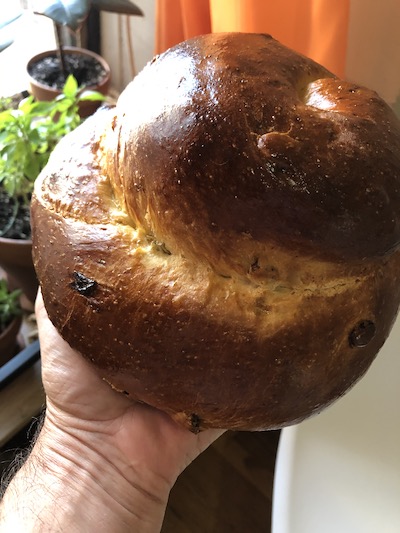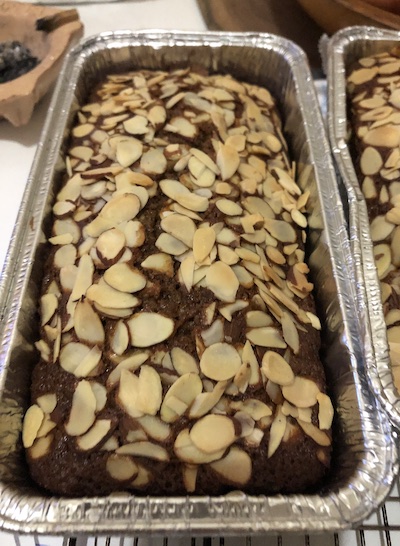There are some Rosh Hashanah foods that you'll find on every table, while other dishes vary from household to household. Recipes for the Jewish New Year come in many flavors, and New York campus Dean of Students Lorne Feldman (Pastry, ‘04) shared his holiday specialties with us.
Rosh Hashanah, known as the Jewish New Year, is upon us. It literally means “head of the year,” and it’s a time when people of Jewish faith celebrate the creation of the world and welcome good luck for the year to come with friends, family and food.
The traditional foods that symbolize the meaning of Rosh Hashanah are called simanim, and they vary from family to family and region to region.
“The traditional foods are on every table, but they’re going to look a little different depending on the family,” Chef Lorne Feldman said. “The way I approach food around the holidays is really an attempt to recreate that experience I had at my grandmother's 50 years ago.”
Chef Lorne is Ashkenazi, meaning his family is of Eastern European descent. His Rosh Hashanah dinner table always has a brisket, chicken soup, apples and honey, challah, a green vegetable and tzimmes. Sometimes he’ll incorporate pomegranates, a symbolic food of Sephardic Jews from East Asia and North Africa, into his dishes.
Apples and Honey
An absolute must on Rosh Hashanah, dipping apples into honey symbolizes the sweetness that the new year will hopefully bring. Chef Lorne prefers Honeycrisp apples for their sweetness and natural pairing with honey, while growing up, his grandma would always use McIntosh apples for dipping.
Round Challah

Rosh Hashanah is the only time of year when Chef Lorne bakes round challah, a traditional Jewish bread. Typically braided into an elongated oval shape, circular challah is traditional for Rosh Hashanah as its shape represents the cycle of the year.
He’ll also add raisins to his round challah to symbolize the sweetness of the new year. Chef Lorne likes using golden raisins, and he makes sure to soak them first to wash off any excess sugar and ensure they don’t dry out even more while cooking. He cautions not to add too many raisins, since too much sugar can affect the proofing process.
Tzimmes
This carrot-based stew is another classic Ashkenazi dish that includes fruits and sometimes meat. Again, it’s all about sweetness. Tzimmes can feature dates, apricots or apples, though Chef Lorne opts to add prunes to his vegetable stew, which can be done on the stovetop or in the oven. Sometimes people add beef to their tzimmes, but Chef Lorne usually does not.
“If there's brisket or chicken on the table, I like my side dishes to be a little bit less meat-heavy,” he said.
Cakes

To close out the meal, Chef Lorne serves apple cake and honey cake for dessert, using his grandmother’s cookbook from the 1960s to make each.
“It's a way for me to connect with that tradition of my family,” he said.
Chef Lorne likes to stick with tradition and keep most foods on the table dairy-free, since mixing meat and dairy is unkosher. Naturally, that means a lot of Jewish desserts are oil-based, including Chef Lorne’s apple and honey cakes. He also likes that for the flavor and said oil-based cakes tend to have a longer shelf life than dairy-based counterparts.
Make traditional breads from cultures around the world in Artisan Bread Baking at ICE.




